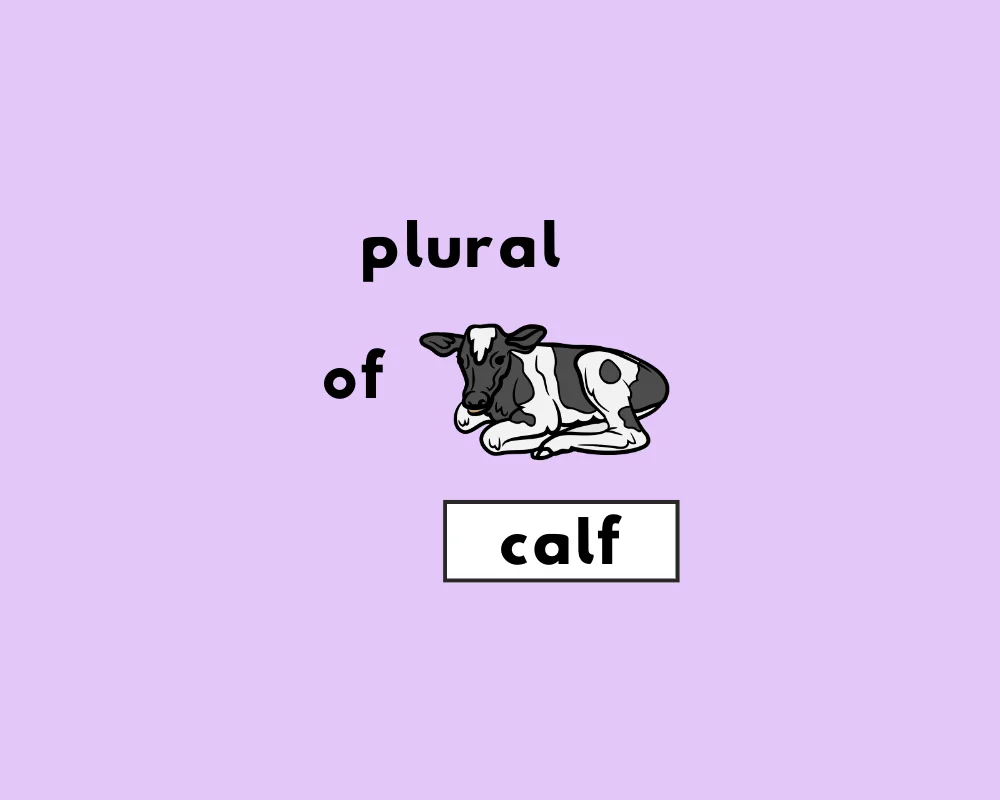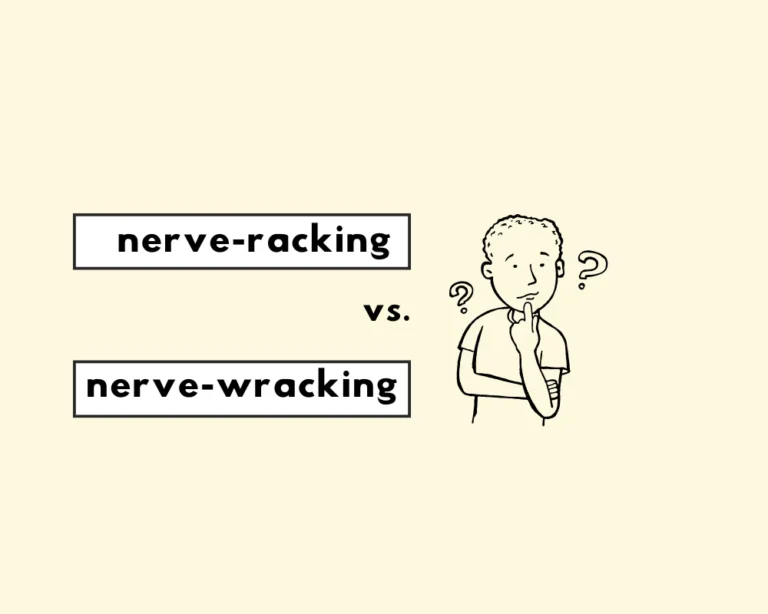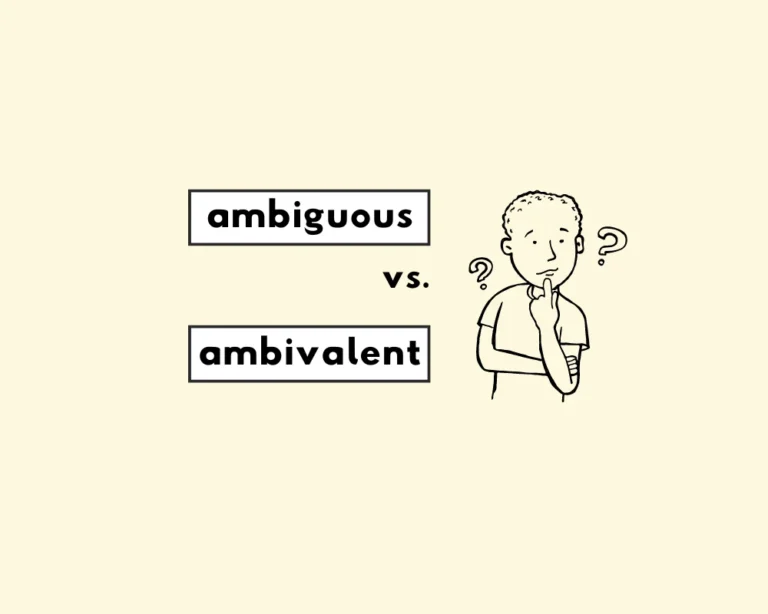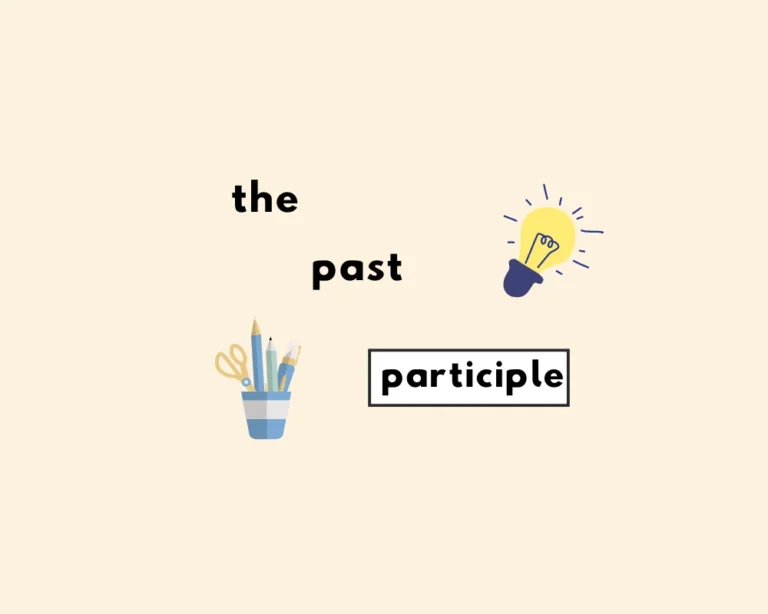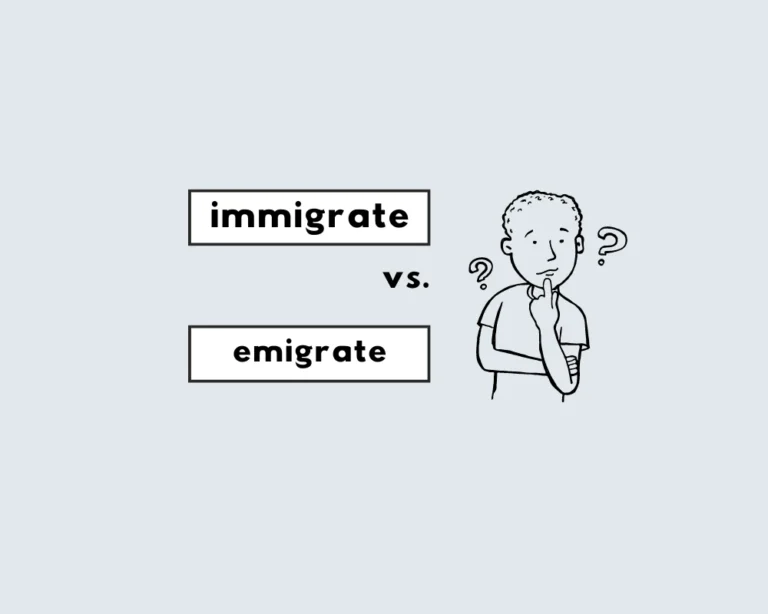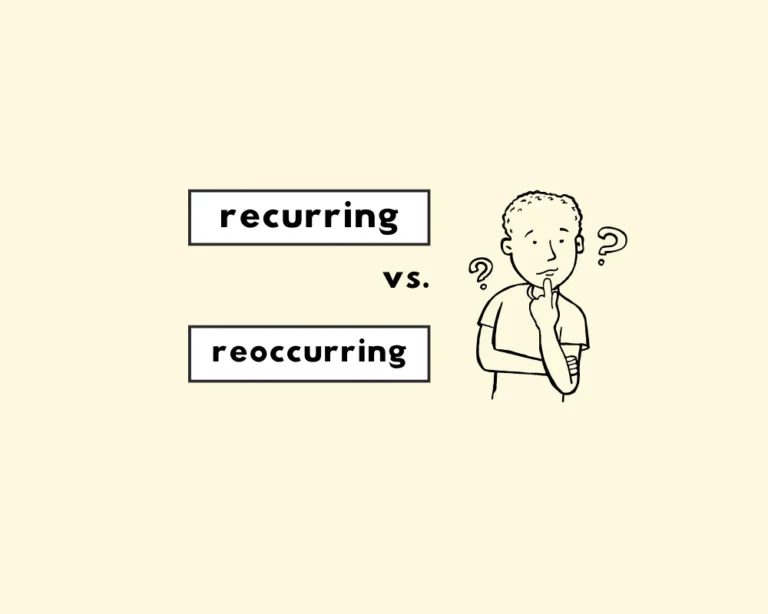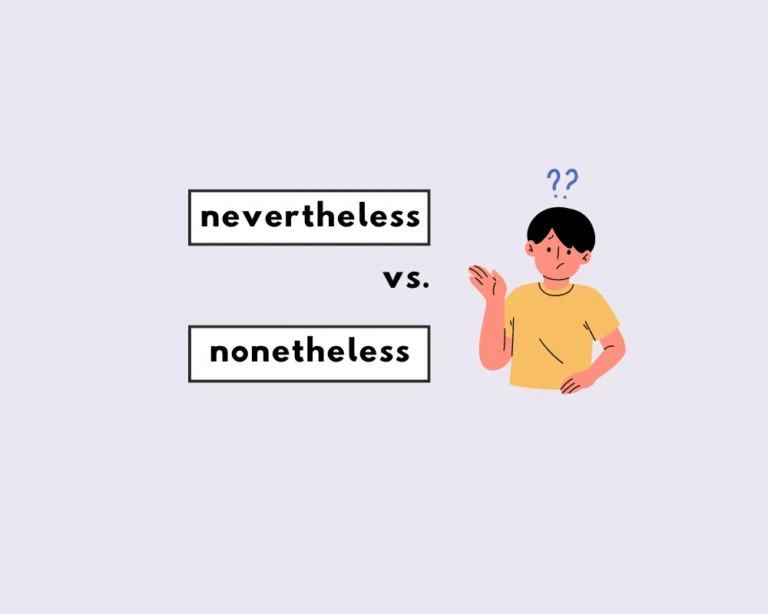Contents
Toggle
What’s the plural of “calf”? Calfs vs. calves

Whether your leg or bovine species, the plural of calf is calves. Calves (pl. n.) is an irregular plural in English because it takes on -ves (not the regular pl. n. form -s/-es).
Calves originates from the Germanic languages; similar to the other irregular plurals within its same category (i.e., irregular plurals that end in -f/-fe) which also hail from the Germanic/PIE languages. Like calves, most of these irregular plurals substitute the -f/-fe in the singular with the -ves to show plural.
Nouns that end in -f/-fe and –ves
See the chart:
| singular | plural |
| calf | calves |
| life | lives |
| wife | wives |
| shelf | shelves |
| self | selves |
| half | halves |
| wolf | wolves |
What’s a calf?
What’s a calf? Are they the same as any other cow? Dictionary.com defines a calf as “a young bovine animal, especially a domestic cow or bull in its first year.” A calf can also refer to “the back portion of the lower leg,” as in, the calf of a leg (this makes calf a homophone, i.e., “a word pronounced the same as another but differing in meaning, whether spelled the same way or not, as heir and air.”)
What’s the singular of calf/calves?
The singular of calf, in all its uses is calf.
Examples of “calf” in sentences
1. “Calf” is the term used from birth to weaning, when it becomes known as a weaner or weaner calf. (Wikipedia, calf.)
2. The birth of a calf is known as calving.
3. When he assails a calf, the cow will rush upon him, and one toss from her horns is sufficient to kill him.
4. A calf that has lost its mother is an orphan calf, also known as a poddy or poddy-calf in British.
5. The term calf is also used for some other species.
Examples of “calves” in sentences
1. Naturally, calves suckle their mothers for up to a year, and maintain a strong bond with her for several years. However in commercial dairy farming, nearly all calves are taken away from their mother within hours of birth. This causes severe distress to both the cow and the calf, and has long-term effects on the calf’s physical and social development. (Calves Reared for Veal, CIWF.org)
2. Only camel calves around four to eight months old could give the virus to people, he found.
3. Calves are reared to become adult cattle or are slaughtered for their meat, called veal, and hide.(Wikipedia, calf.)
4. Although not common in the UK, veal farms are widespread on the continent. Around six million calves are reared for veal within the EU every year. (Calves reared for veal, CIWF.org)
5. Calves may be produced by natural means, or by artificial breeding using artificial insemination or embryo transfer.
Origin of the word calf
From etymonline on calf:
Young of a bovine animal,” Old English cealf (Anglian cælf) “young cow,” from Proto-Germanic *kalbam (source also of Middle Dutch calf, Old Norse kalfr, German Kalb, Gothic kalbo), perhaps from PIE.
What’s the difference between they’re, their, and there?
Sources
- Origin of calf.
- Definition of calf.
- Calves reared for veal.
- Wikipedia: calves/calf.
- Definition of homophone.

